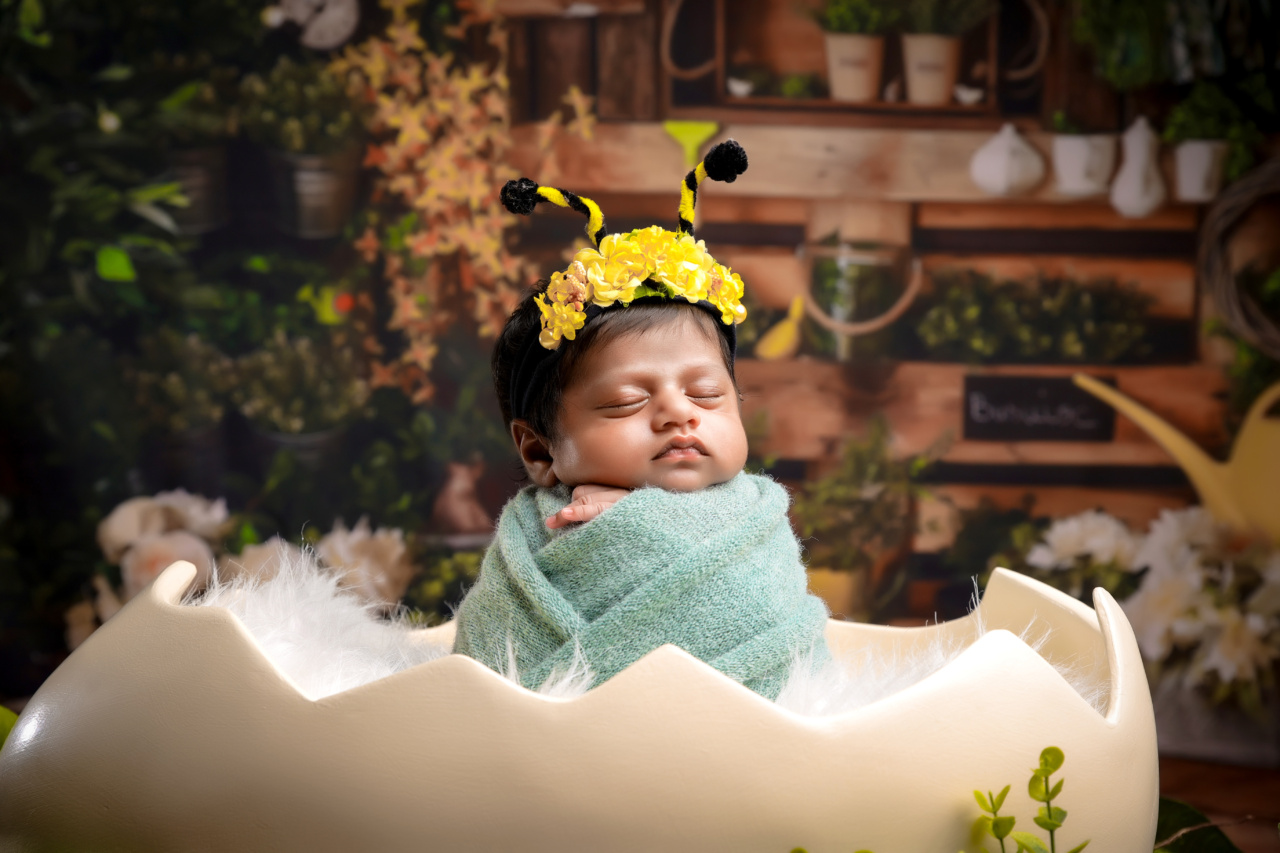Sleep apnea is a common condition that affects both adults and children. It is a disorder characterized by pauses in breathing during sleep, which can lead to a decrease in oxygen levels in the body.
In children, sleep apnea can cause a range of problems, including behavioral issues, developmental delays, and poor academic performance. It is important for parents to be aware of the signs of sleep apnea in children so that they can seek appropriate treatment.
10 Signs of Sleep Apnea in Children
Here are ten signs that may indicate that a child is suffering from sleep apnea:.
1. Loud Snoring
Excessive snoring is one of the most common signs of sleep apnea in children. The snoring may be very loud and disruptive, and the child may have difficulty breathing during sleep.
2. Pauses in Breathing
If a child experiences pauses in breathing during sleep, this can be a clear indicator of sleep apnea. The child may gasp or snort when breathing recommences.
3. Mouth Breathing
If a child habitually breathes through their mouth, this may be a sign of sleep apnea. Mouth breathing can lead to dry mouth, throat infections, and other related problems.
4. Restless Sleep
A child who tosses and turns during sleep may be experiencing sleep apnea. Restless sleep can lead to fatigue and lack of concentration during the day.
5. Night Sweats
If a child wakes up sweating during the night, this could be due to the effort required to breathe during sleep. Night sweats can also be a sign of other underlying conditions.
6. Bedwetting
Bedwetting is another symptom that can be associated with sleep apnea. The effort required to breathe during sleep can put pressure on the bladder, leading to bedwetting in children who are otherwise potty trained.
7. Behavioral Issues
Children who have sleep apnea may exhibit behavior issues during the day. These can include irritability, mood swings, and hyperactivity.
8. Trouble Concentrating
A child who has sleep apnea may have trouble staying focused during the day. This can lead to poor academic performance and other issues related to attention and concentration.
9. Fatigue
Sleep apnea can leave a child feeling tired and sluggish during the day, even after a full night’s sleep. This can impact their ability to participate in daily activities and enjoy their childhood.
10. Delayed Growth
Children who suffer from sleep apnea may experience delayed growth and development. This can manifest as a failure to gain weight, difficulty gaining height, and other developmental delays.
Treatment Options for Sleep Apnea in Children
There are a number of treatment options available for children who suffer from sleep apnea. These include:.
1. Surgery
In some cases, surgery may be recommended to remove excess tissue that is causing the blockage. This can be effective in reducing the symptoms of sleep apnea.
2. CPAP Therapy
CPAP, or continuous positive airway pressure, is a therapy in which a mask is worn during sleep to keep the airway open. This is often effective in treating sleep apnea in both children and adults.
3. Weight Loss
In some cases, weight loss may be recommended for children who are overweight or obese. Losing weight can reduce the amount of tissue that is blocking the airway and alleviate symptoms of sleep apnea.
4. Behavioral Changes
Simple changes in behavior can be effective in treating sleep apnea in children. These can include avoiding certain foods before bedtime, establishing a regular bedtime routine, and ensuring that the child gets plenty of exercise during the day.
Conclusion
Sleep apnea is a serious condition that can have a range of negative consequences for children. If you suspect that your child may be suffering from sleep apnea, it is important to seek medical attention.
By identifying the signs of sleep apnea in children, parents can take action to ensure that their child receives the treatment they need to live a healthy and fulfilling life.



























